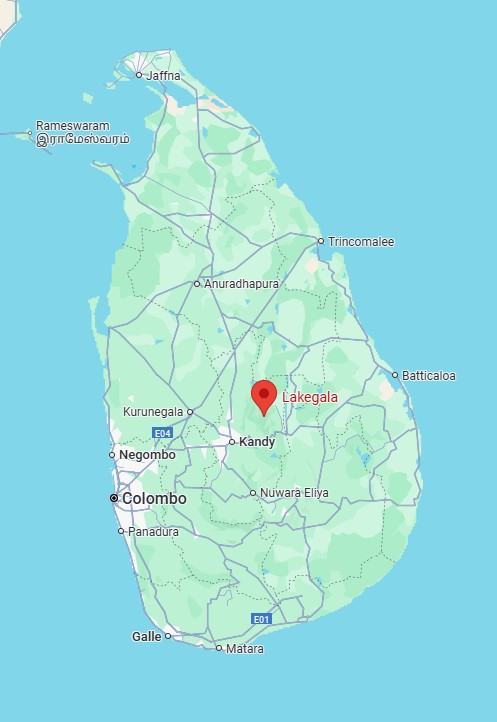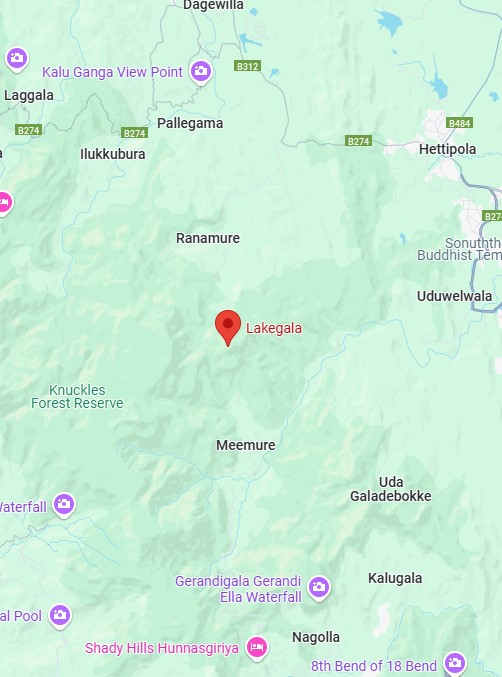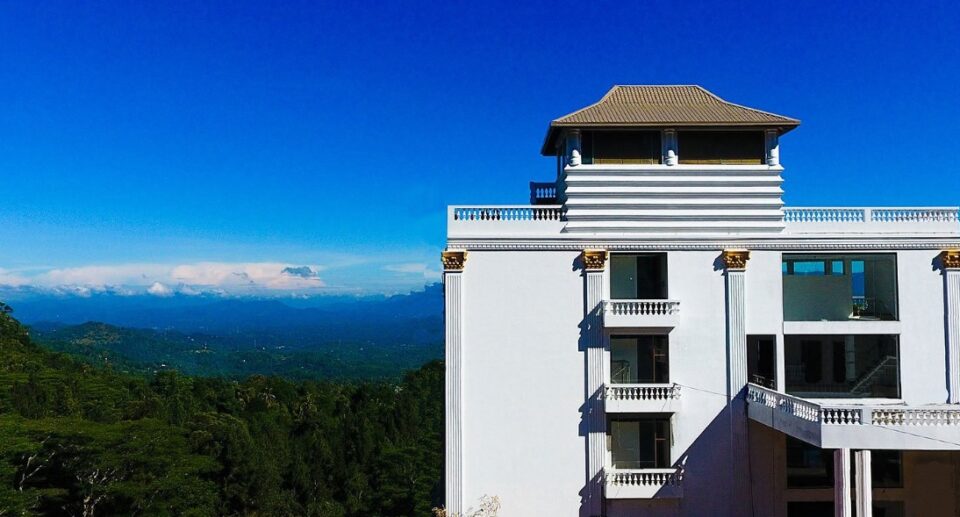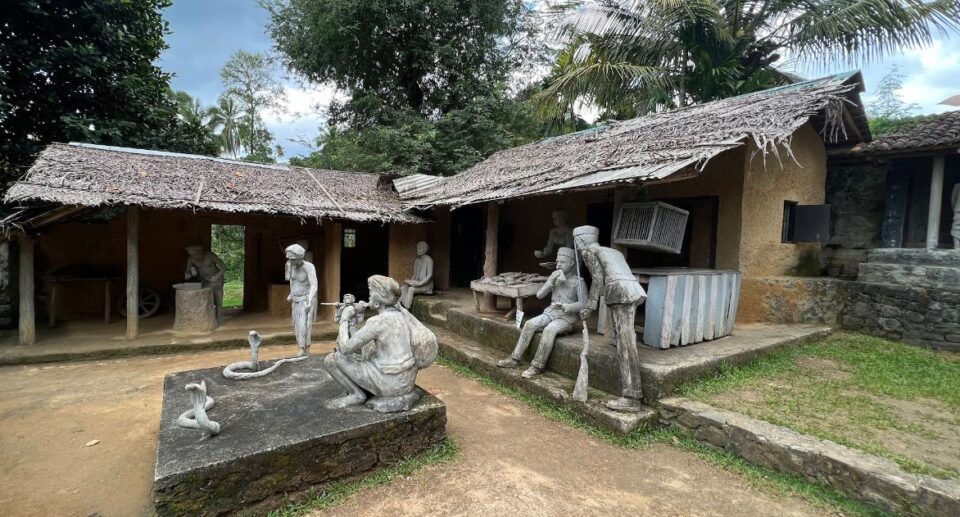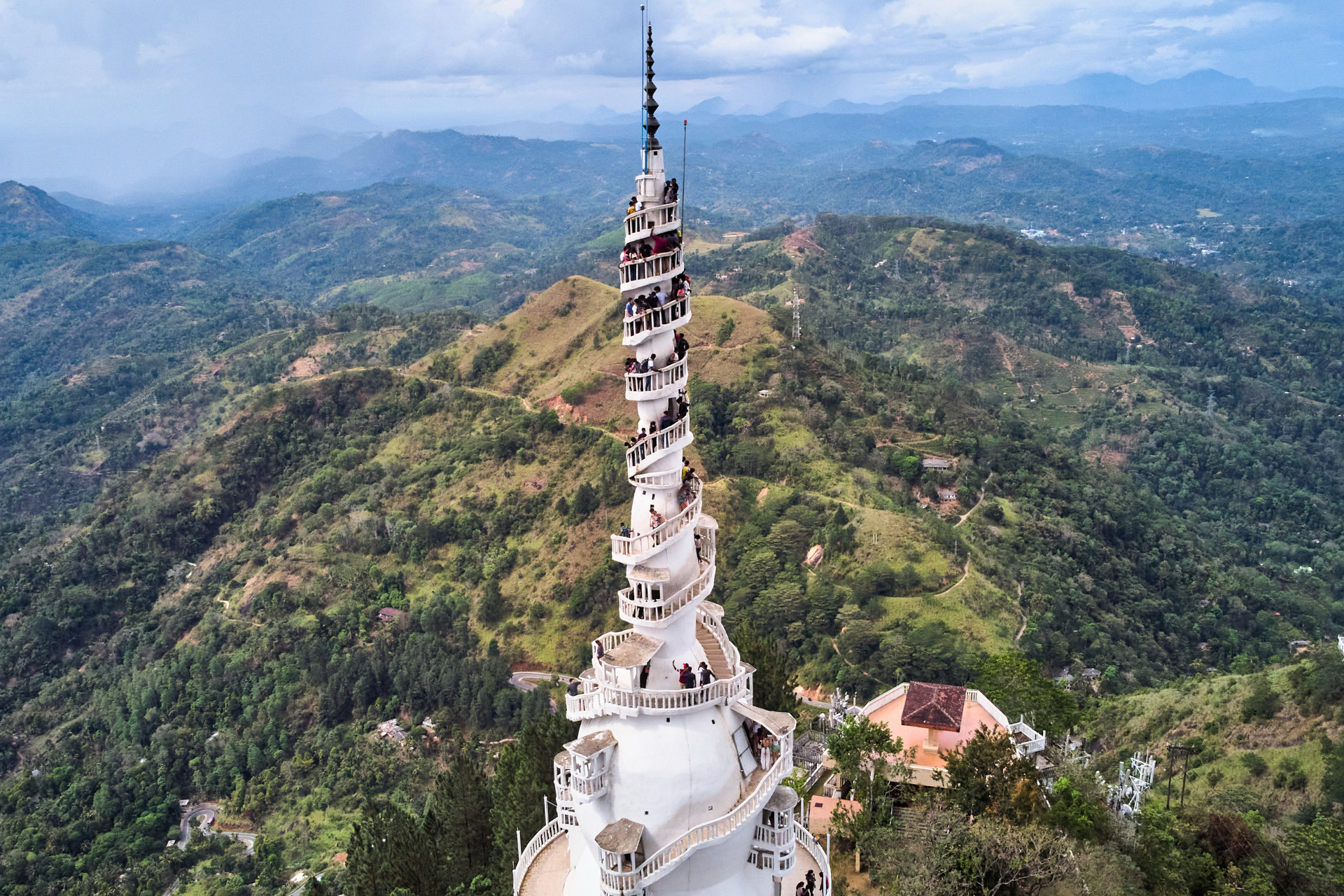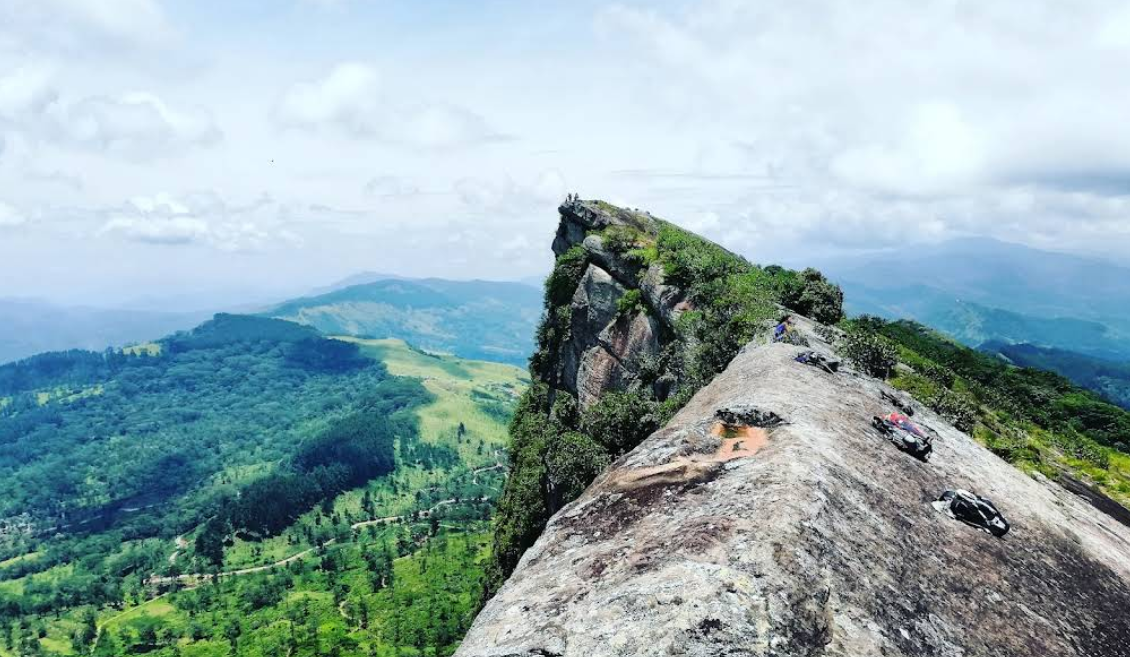Lakegala Mountain: The Majestic Triangular Peak of Sri Lanka
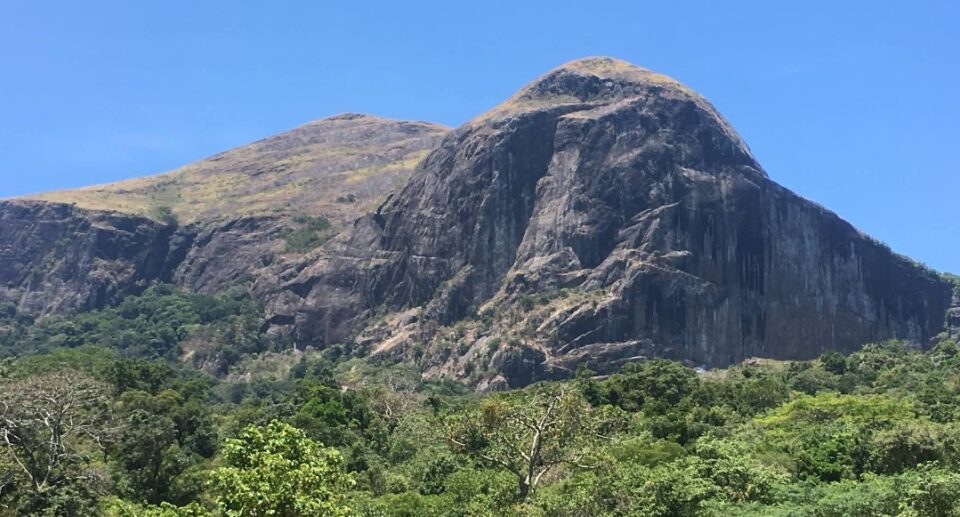
Deep in Sri Lanka’s Central Province, Lakegala Mountain is an awe-inspiring natural wonder. Locally referred to as “Lakegala,” or “Rock of Lanka” in Sinhala, this massive peak is part of the larger Knuckles Mountain Range. While renowned for its spectacular triangular shape, Lakegala Mountain is also famous for the challenging hike that it offers to nature lovers, thrill seekers, and hikers alike. A visit to Lakegala Mountain is a must for any adventurer or naturalist. Located approximately 1,310 meters (4,297 feet) above sea level, Lakegala offers a unique blend of natural beauty, cultural significance, and ecological diversity to become one of Sri Lanka’s most fascinating mountain locations.

Location and Geographic Significance
Lakegala Mountain lies near the far-off village of Meemure, which itself lies at the edge of the Kandy and Matale districts. Meemure itself is graded as one of Sri Lanka’s last unspoilt villages, accessible only by a rough road cutting through dense forests and picturesque countryside. The mountain is located within the Knuckles Mountain Range, so named because it resembles the knuckles of a clenched fist when viewed from afar.
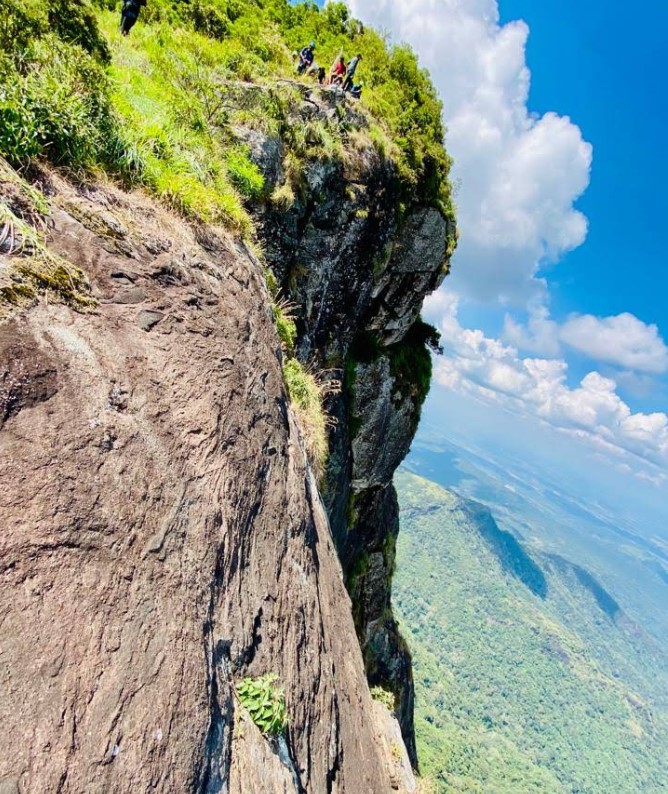
The cone-shaped appearance of Lakegala immediately identifies it as a recognizable landmark and is easily seen as a mountain. Its sheer rock face ascends abruptly from the ground, creating an awe-inspiring yet daunting scenery that arrests tourists and locals alike. The mountaintop is also a significant watershed, providing water to several streams and rivers that feed the local plant and animal life.
Cultural and Historical Context
Lakegala Mountain is of much cultural significance in Sri Lanka. The area around the mountain has been inhabited for centuries by local tribesmen who live on, traditionally, in close association with nature. To the people of Meemure and the adjacent villages, Lakegala is not a geological protrusion, but a symbol of heritage and determination.
Local mythology generally identifies the mountain with ancient legend and religious beliefs. There are myths that believe Lakegala was used in the past as a site for sacred rituals and ceremonies, and it is still believed by most as a spiritual site. Its imposing stature has been the origin of numerous legends that talk about the role of the mountain as defender of the region.
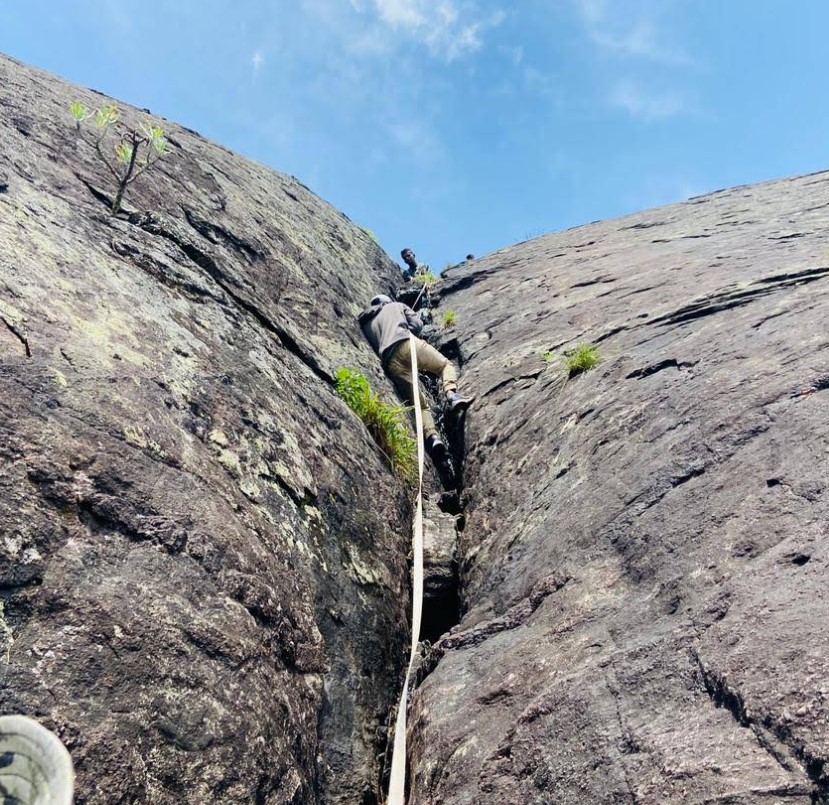
The Trek to Lakegala’s Summit
One of the strongest reasons for which Lakegala Mountain attracts tourists is the trekking experience it provides. In contrast to most of Sri Lanka’s other hiking trails, the hike up to Lakegala’s summit is not for the novice. The trail combines nature and physical exertion with technical climbing, and as such, it is a thrilling experience for experienced trekkers.
There are two dominant routes utilized to reach the top:
- Meemure Route
This is the easier and more popular path, starting from the village of Meemure. This hike begins with a walk through thick tropical rainforests, along streams, and along uneven trails. The ground slopes more and more, and climbers must overcome rock outcroppings as the walk goes on. The last 300 meters to the summit are most demanding, with sheer cliffs that require ropes and climbing equipment for safety.
The hike from Meemure to the summit may take between 3 and 5 hours depending on the physical condition and experience of the trekker. The trekker is treated to lovely vistas of green valleys, cover of forests, and even local wildlife such as monkeys, birds, and butterflies during the trek.
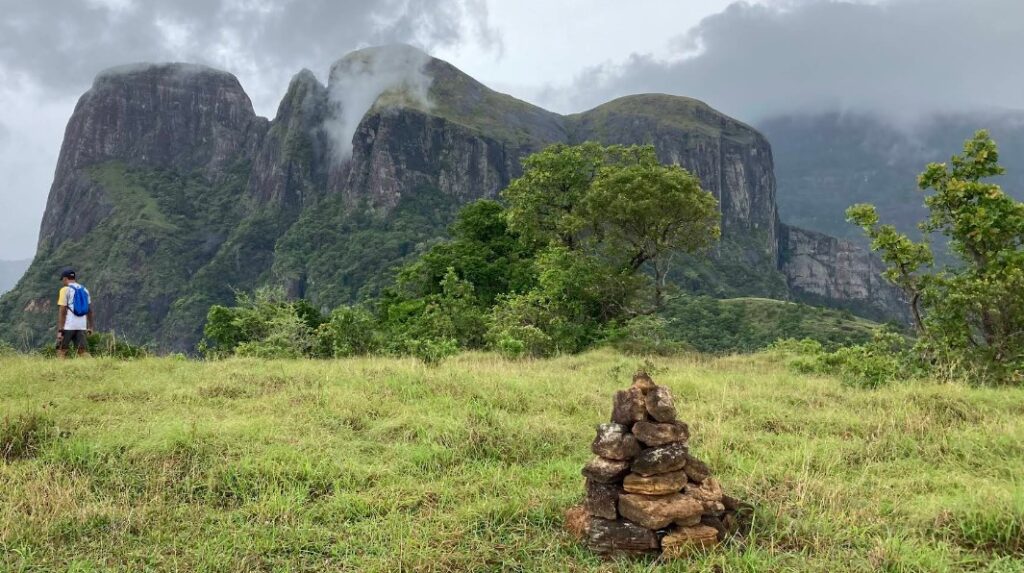
- Narangamuwa Route
Narangamuwa trail begins from Narangamuwa village and goes to the central peak of Meeriyagolla. The trekkers get a broad view of Lakegala Mountain and the area surrounding it from this point. Even though this trail is not so famous, it offers an alternative route for those who prefer a new aspect and an unpopulated hike.
Flora and Fauna
Lakegala lies within a biodiversity hotspot. There is a rich abundance of flora and fauna in the Knuckles Mountain Range, most of which are endemic to Sri Lanka. The forests along Lakegala are especially thick with tropical forest trees, shrubs, and endemic plant species that are attuned to the microclimate of the mountain.
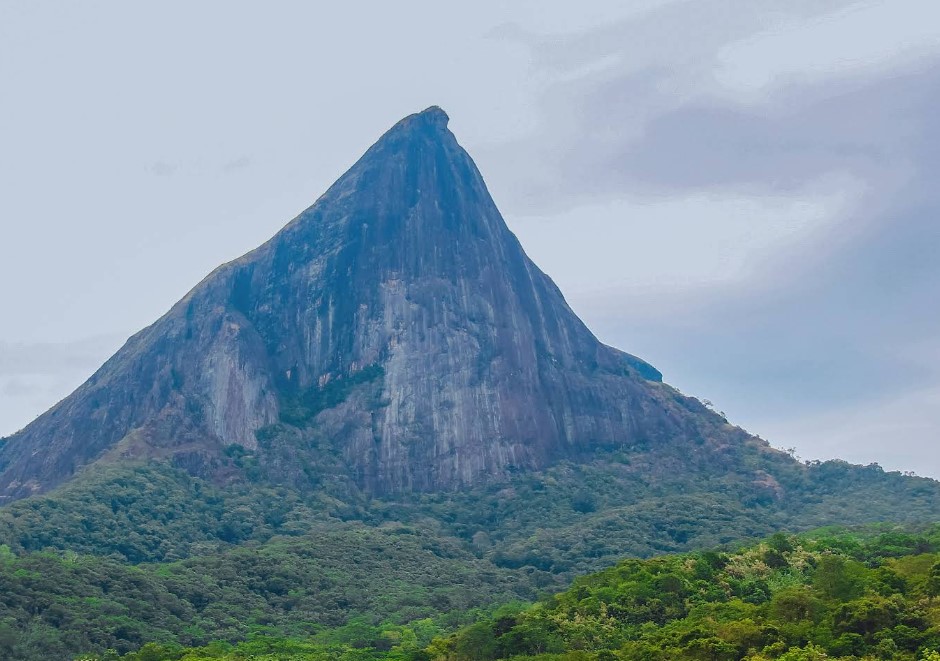
The area is particularly frequented by birdwatchers, as some endemic and migratory bird species make the forest canopy home. Among the most sought-after birds are the Sri Lanka blue magpie, purple-faced leaf monkey, and many species of eagles and hawks.
Its waterfalls and streams also support several amphibians and aquatic life. There are conservation efforts being done to save these habitats, especially with trekking activities at times causing harm to the vulnerable environment if left unmanaged.
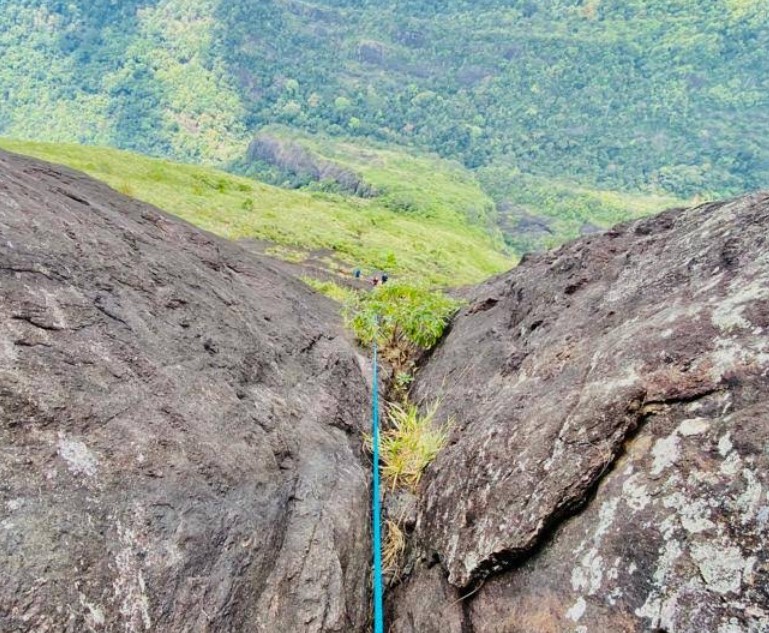
Challenges and Preparation
It is not ideal for first-time hikers to ascend Lakegala due to its steep incline and technical climb requirement for the final push. Safety and enjoyment are contingent on good preparation:
Physical Condition: Trekkers should be in good physical condition, prepared to walk for several hours.
Equipment: Climbing gear such as ropes, harnesses, helmets, and sturdy hiking boots is needed, especially for the final rock face climb.
Guides: Strongly recommended to use experienced local guides. Not only do they provide a safety guarantee, but also enrich the experience by sharing the history of the mountain, vegetation, wildlife, and local culture.
Weather Facts: It is always safer to visit the monument during the dry season between the months of January and April. Rain makes the rocks slippery and dangerous.
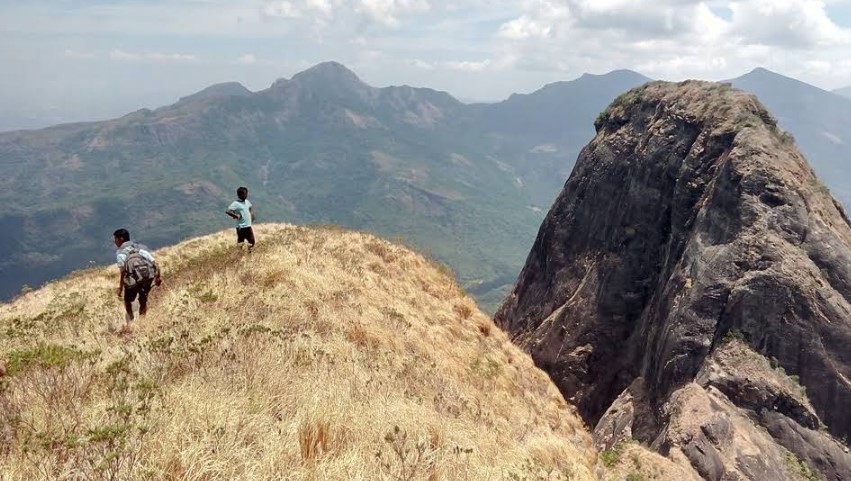
The View from the Top
Conquering the peak of Lakegala blesses trekkers with the most fantastic views. On the summit, on clear days, it is possible to visualize the great Knuckles Mountain Range in every direction. Below, green valleys, back-dropped by tea estates and clumps of forest, unfold a magnificent panorama.
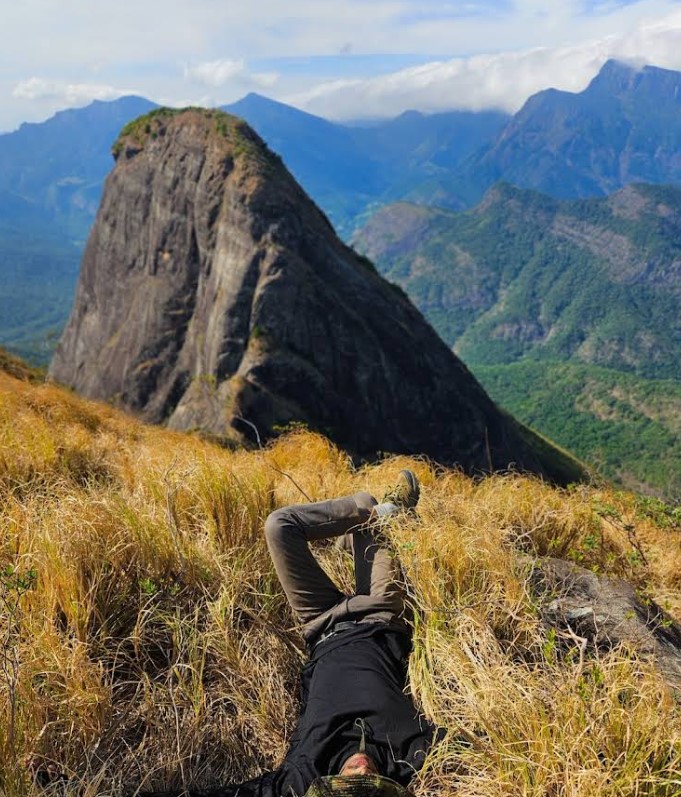
To the east lies a vista right down to the eastern coast of Sri Lanka, and in the distance, one sees the Indian Ocean. The sunrises and sunsets from atop are particularly stunning, illuminating the rocky terrain in golden hues and adding to the mystique of the mountain.
Conservation Efforts and Sustainable Tourism
Based on the environmental importance and cultural importance of Lakegala Mountain, ecotourism activities are required. Local communities and local government work together to ensure that the trekking activity won’t result in harm to the environment. These include controlling the flow of tourists, maintaining trails to prevent erosion, and promoting awareness on disposal of wastes.
Ecotourism operations also seek to empower the local communities, providing them with economic benefits through guiding services, homestays, and selling of handicrafts produced locally. This safeguards both the natural environment and the cultural heritage of the region.
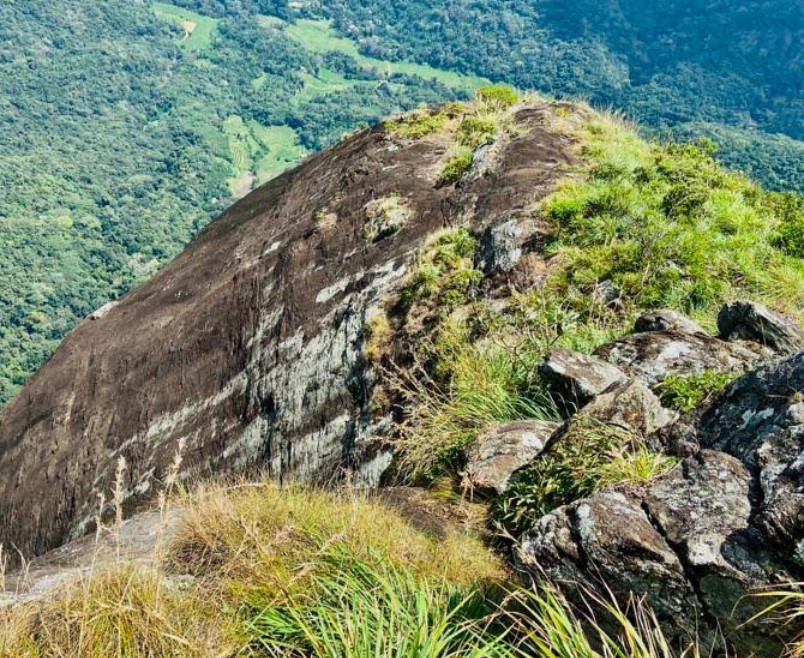
Lakegala Mountain is not just a peak; it is a symbol of natural beauty, cultural heritage, and explorer’s heart. Its striking triangular shape, challenging climb, and breathtaking views render Lakegala a site that no tourist to Sri Lanka’s Central Province can afford to miss. For those who have the courage to climb to its peak, Lakegala gives them not only the excitement of conquest but also an abiding sense of harmony with nature and the rich heritage of Sri Lanka.
Whether you are a fan of trekking, an ecotourist, or simply a seeker after glimpses of Sri Lanka’s undiscovered treasures, Lakegala Mountain has in store for you an experience not to be forgotten — a trek into the heart of the island’s wild, awe-inspiring wilderness.
